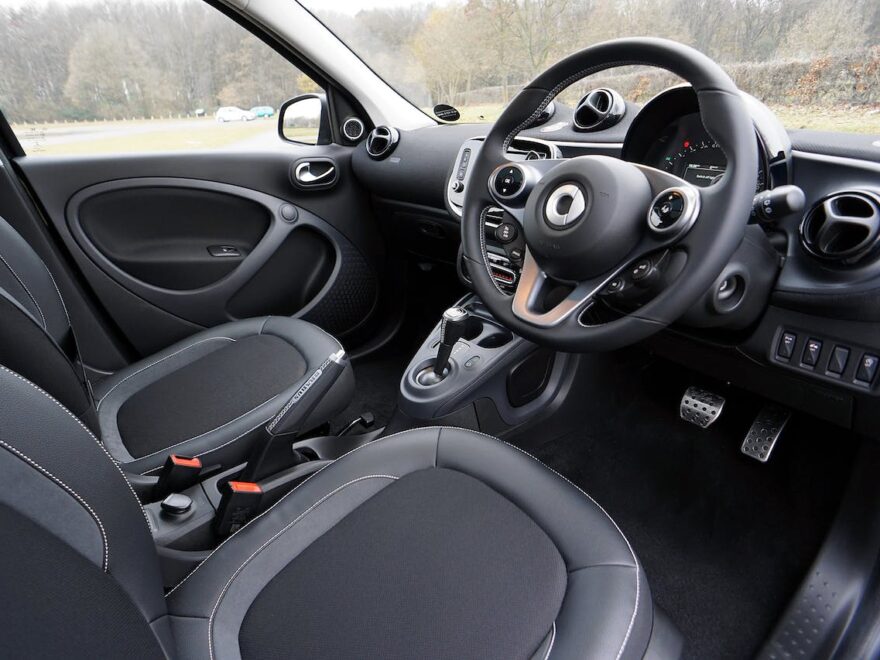Dual controls have emerged as a real innovation that enhances the driving experience. Whether you’re a parent teaching your child to drive, a driving instructor, or just someone interested in it, dual controls are suitable for many target groups.
Safety and Reliability
One of the key perks of dual controls is the increased level of safety. In a learning environment like driving schools, having an instructor with access to duplicate controls allows for quick intervention in emergencies or potentially dangerous situations. This rapid response significantly reduces the risk of accidents and instills confidence in both the learner and the instructor.
Gradual Skill Developmen
Dual controls make the learning curve for new drivers smoother. And for the teacher is get’s a lot easier to teach. Beginners often struggle with mastering the coordination required for braking, accelerating, and shifting gears simultaneously. The instructor’s ability to intervene when necessary enables learners to focus on individual aspects of driving, gradually building their skills without feeling overwhelmed. This step-by-step approach contributes to a confident and skilled driver in the long run.
Efficient Learning Process
Teaching someone to drive in a car requires a balance between practical experience and theoretical knowledge. Dual controls enable a more efficient learning process, as the instructor can seamlessly demonstrate maneuvers, techniques, and proper driving habits. It makes it fort he new driver the experience a lot more easy. This real-time interaction fosters a dynamic learning environment, allowing learners to understand concepts more effectively and reinforce good driving habits.
Transition to More Complex Driving Environments
Learning to drive in a controlled environment is one thing, but transitioning to complex and unpredictable real-world scenarios is a whole different challenge. Dual controls facilitate this transition by providing additional support during the early stages of driving. As learners gain confidence and competence, the instructor’s intervention becomes less frequent, enabling a smooth transition to independent driving.

